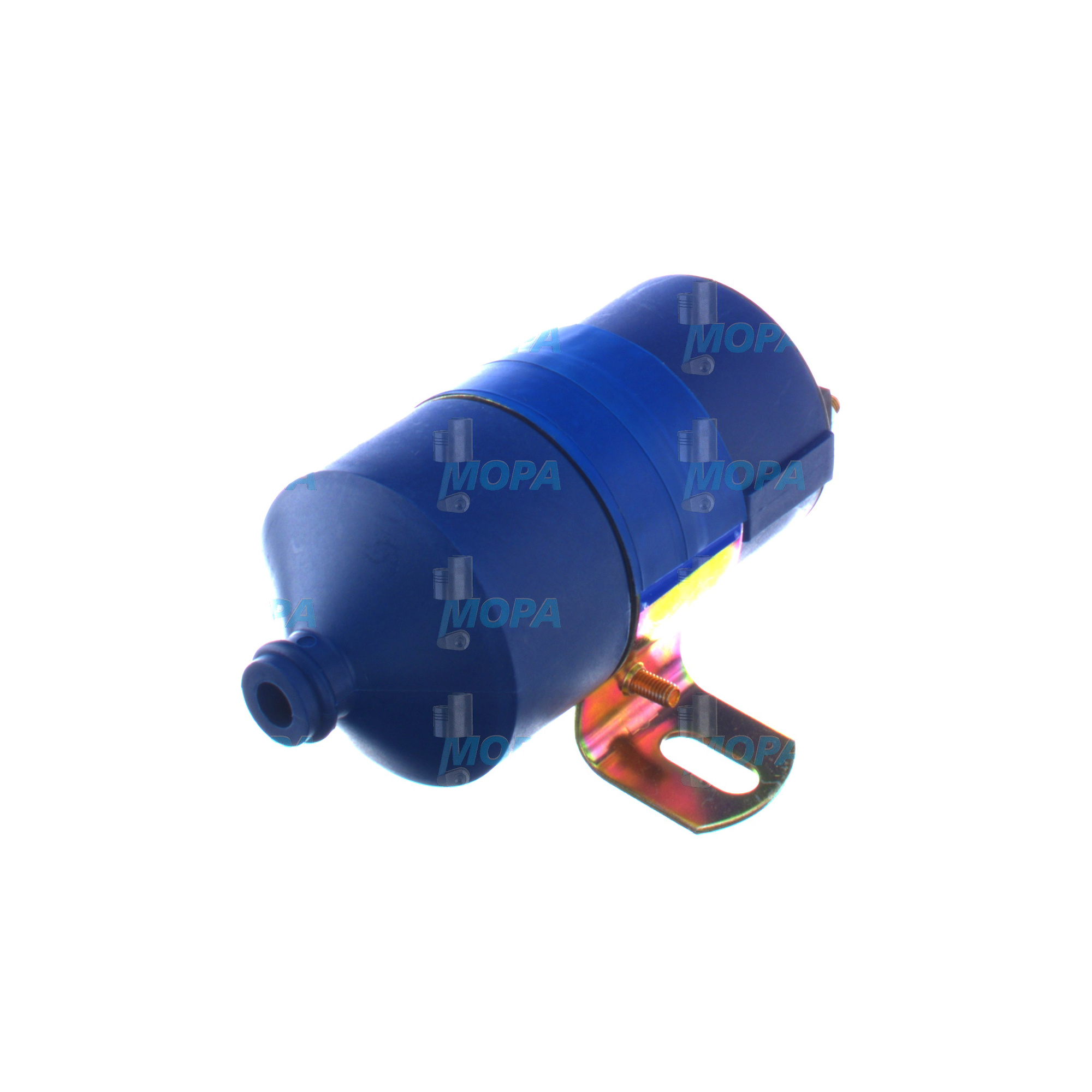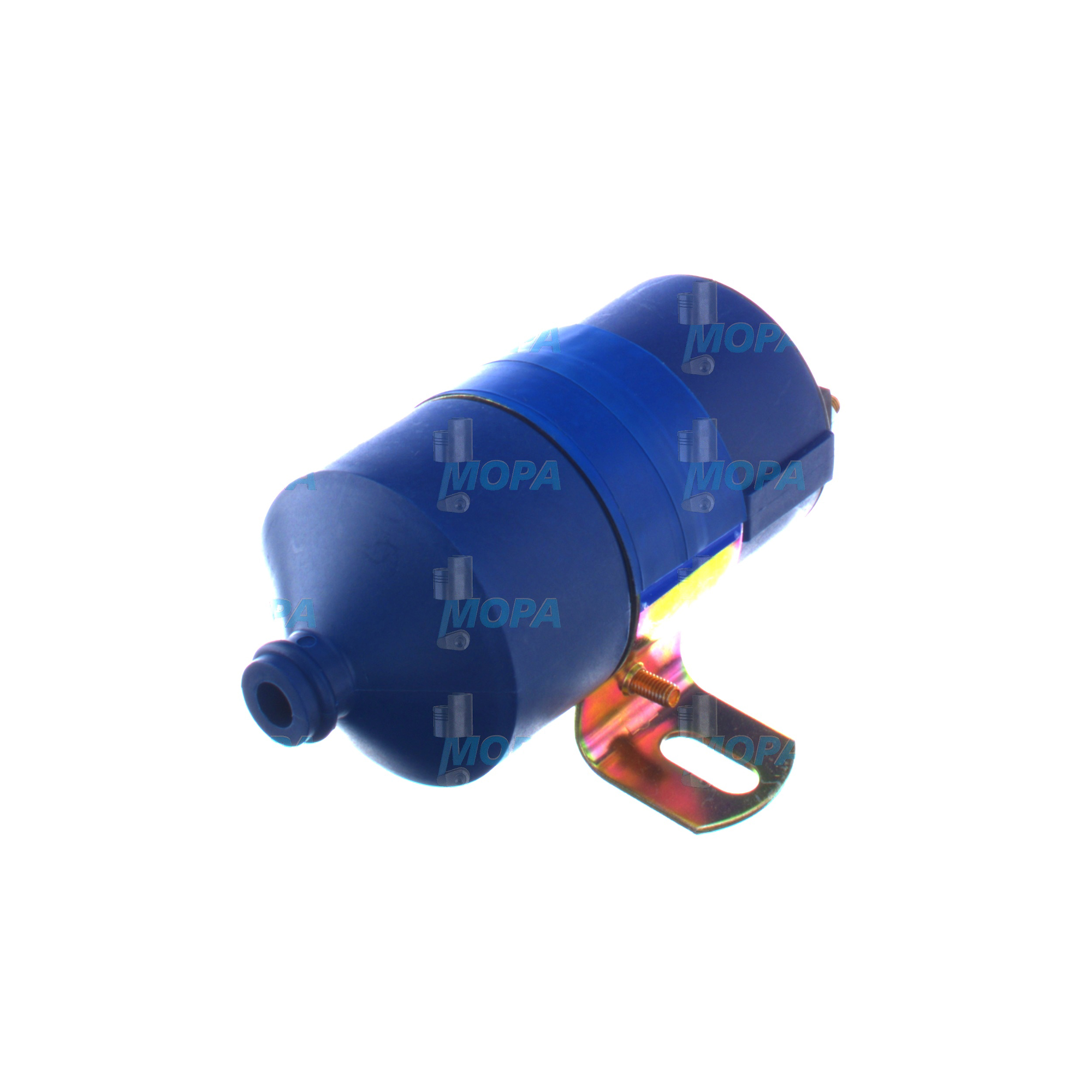IGNITION COIL and the Ignition System for Marine, Gas, and Dual‑Fuel Engines
The ignition system is the coordinated network that generates and times the spark in spark‑ignited engines. It includes the IGNITION COIL, spark plugs, leads, control modules, sensors, and connectors. In marine engines, power generation units, and industrial applications, this system is a critical enabler of efficient combustion, reliable starting, stable load response, and clean exhaust. Without a healthy ignition system, even the best‑tuned engine will misfire, consume more fuel, and operate outside emissions and safety targets.
As the transformer at the heart of the system, the IGNITION COIL steps battery voltage up to tens of kilovolts and releases stored energy precisely when the ECU commands it. Whether you run a dedicated gas engine or a dual‑fuel diesel engine conversion that introduces spark ignition, the ignition system ensures repeatable flame initiation under changing temperatures, humidity, and load cycles typical for marine duty.
Technical function: how the Ignition System and the IGNITION COIL work
An ignition system converts low‑voltage electrical power into a high‑energy spark and delivers it at the exact crank angle needed for optimal combustion. The IGNITION COIL operates as a step‑up transformer with primary and secondary windings. During dwell, current builds in the primary winding; when switched off by the ECU or ignition module, the magnetic field collapses and induces a high voltage in the secondary winding, firing the plug across a defined gap. Modern systems use coil‑on‑plug, coil‑near‑plug, or compact coil packs to minimize losses and electromagnetic interference.
Control strategies vary by application. Inductive ignition with smart coils provides 50–120 mJ of spark energy in many industrial gas engines, while capacitive discharge systems can improve spark duration in high‑compression or lean‑burn conditions. Crankshaft and camshaft sensors, knock control, and ion‑sensing enable precise timing advance and misfire detection. In a marine engine, robust shielding, sealed connectors, and corrosion‑resistant housings help the IGNITION COIL deliver consistent performance despite vibration, salt, and temperature cycling. In dual‑fuel diesel engine applications, the ignition system triggers combustion of the gaseous charge, allowing the pilot liquid fuel to be minimized while maintaining power and responsiveness.
- · High‑voltage transformation for reliable spark initiation
- · Accurate timing via ECU for load, speed, and knock limits
- · Options: coil‑on‑plug, coil pack, or remote coil with leads
- · Optimized spark energy (mJ) and duration for lean‑burn gas engines
- · EMI suppression for sensor stability and radio compliance
- · Marine‑grade sealing and potting for moisture and salt exposure
- · Thermal robustness for continuous operation at elevated engine bay temperatures
- · Compatibility with ignition modules and OEM parts specifications
Installation details matter. Correct plug gap, lead resistance, and dwell calibration influence coil saturation and spark quality. Using an IGNITION COIL matched to the ECU’s current profile preserves energy delivery and reduces thermal stress, extending service intervals and protecting upstream electronics.
Why the ignition system is vital for engine reliability and service life
Ignition quality directly affects cylinder pressure development, fuel efficiency, and emissions. A healthy ignition system keeps combustion stable across transient loads and prevents the misfires that elevate exhaust temperatures, harm catalysts, and stress turbochargers. Consistent spark improves power density and keeps specific fuel consumption low—especially important for shipowners seeking predictable OPEX and compliance with port emission requirements.
When components deteriorate—cracked coil housings, degraded insulation, corroded terminals, or fatigued leads—the result can be hard starting, increased hydrocarbon slip, backfiring, rough idle, and cylinder‑to‑cylinder imbalance. In severe cases, misfires wash lubricating films from liner surfaces or trigger afterburn in the exhaust path. For dual‑fuel diesel engine setups, ignition instability defeats the purpose of gas substitution and may force a reversion to higher liquid fuel fractions. Regular inspection and timely replacement of IGNITION COIL units, plugs, and connectors are therefore central to maintaining uptime and extending overhaul intervals.
Advantages of OEM spare parts suitable for the Ignition System and IGNITION COIL
Spec‑compliant components make a measurable difference. IGNITION COIL OEM parts are built to the inductance, resistance, and turns ratio expected by the ECU. That precision keeps dwell current, saturation, and spark energy within design limits, safeguarding both combustion stability and electronics. Materials and processes—epoxy potting, bobbin insulation, varnish systems, and terminal plating—are validated for thermal cycling, vibration, and salt‑spray exposure typical of marine engine rooms.
Beyond technical fit, the right OEM spare parts help you control total cost of ownership. Stable ignition reduces unplanned downtime, prevents collateral damage to catalysts and turbos, and keeps fuel efficiency on target. Dimensional accuracy and correct connector indexing speed up service tasks and reduce installation errors.
- · Verified electrical specs for accurate spark energy and duration
- · Robust sealing and potting for long life in harsh environments
- · Tight connector tolerances for reliable signal integrity
- · Proven EMI behavior to protect sensors and control units
- · Consistent quality lot‑to‑lot for predictable maintenance planning
- · Lower lifecycle costs through longer service intervals
Choosing an IGNITION COIL designed as OEM parts for your specific marine engine or dual‑fuel diesel engine configuration reduces risk and ensures the ignition system delivers the combustion phasing your application requires—at berth, at sea, and under continuous base‑load operation.
MOPA: fast, secure, and quality‑driven partner for OEM ignition system parts
MOPA supplies OEM spare parts for the complete ignition system, from IGNITION COIL units and modules to plugs, leads, and sensors. Our team supports purchasers and technical decision‑makers with precise cross‑references, documentation, and lot traceability, ensuring a secure procurement process. We prioritize speed—leveraging an optimized supply chain and global logistics—so critical marine engine or power‑plant orders move quickly from inquiry to delivery.
Quality and security in trade are non‑negotiable at MOPA. We source and handle OEM parts for diesel and gas engines with controlled storage, careful packaging, and clear part identification. Whether you manage a fleet or a single vessel, you can rely on MOPA to keep your ignition system performing as specified, minimizing downtime and supporting planned maintenance.
Conclusion
The ignition system—centered on a correctly specified IGNITION COIL—underpins reliable starting, clean combustion, and efficient power delivery in marine, gas, and dual‑fuel diesel engine applications. Selecting OEM spare parts suitable for the ignition system preserves performance, reduces risk, and optimizes lifecycle costs. MOPA delivers the speed, quality, and security you need to keep engines running at their best.






